“Go to Hell” at the Lin Liu-Hsin Puppet Theater Museum
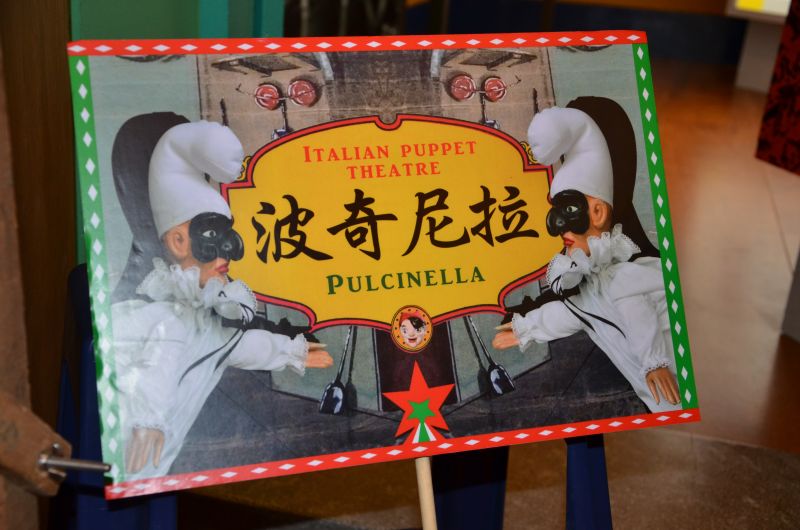
Pulcinella Poster
A very friendly puppeteer from Italy greeted me in the entrance lobby of the Lin Liu-Hsin Puppet Theatre Museum. He apologized for his ‘Italian English”, but there was no need. I understood his English perfectly underneath his heavy (and endearing) Italian accent. He told me that there were four floors in the museum and that there was an outdoor patio on the fourth floor. Also, I should “Go to Hell”. No, he wasn’t telling me to leave the museum. I hadn’t made fun of his puppets or insulted him. “Hell” was an exhibit on the fourth floor, and, apparently, one can go inside it. That’s all he told me, not wanting to spoil the surprise.
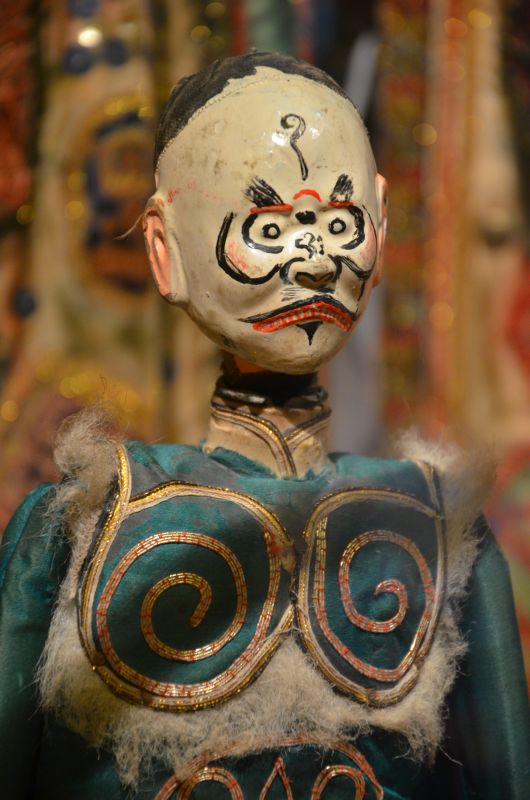
Traditional Puppet
I made my way through the various floors of the museum, happily snapping away with my camera. There was a lot to see, with each floor giving a new piece of the history of puppeteering in Taiwan and Asia in general. The first floor consisted of a workshop, where all their puppets are made. It is completely open, and guests are welcome to examine the tools and take pictures. The second floor is devoted to puppet theater in old and new Taipei. Signs in both English and Chinese give you just enough information to make it interesting without overwhelming you. There are plenty of puppets and puppet stages on display, plus hands-on exhibits designed to keep kids entertained. A highlight is the “Ugly Parlor” with trick mirrors that turn you into a classic clown puppet with ugly and distorted faces. If this upsets you, there is a small case where you can manipulate a rod to have one puppet constantly punch another puppet in the head.

Ugly Parlour
The third floor contains beautiful exhibits of Asian shadow theater, with examples from Indonesia, Vietnam, and other countries. The Nadou Theater is also located on the third floor. It’s a small maybe 50-seat theater with a traditional Taiwanese puppet stage at one end and a special stage for Italian puppetry at the other end. The individual folding chairs for the audience can be simply turned around to face each stage in turn for the different shows. It’s a clever arrangement and use of space.
The fourth floor brought me to “Hell.” This floor is devoted to ghosts and other supernatural elements in the puppeteering world. And in the wall, almost hidden, is a small door. Open it, and there is only blackness beyond. Do you dare enter? Are you brave enough? Don’t worry. There is a way out, and you are reborn into a new life. I went to “Hell” twice in order to pay for all the bad things I’ve done.
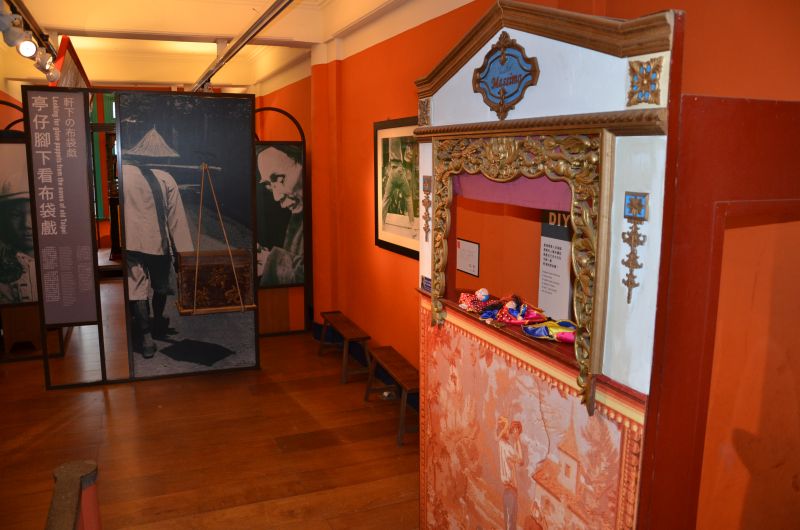
Second Floor Exhibits
The Lin Liu-Hsin Puppet Theater Museum is well worth a visit. It’s located at No. 79 Xi-Ning Road in Taipei. It’s about a 15-minute walk from the Shuanglian MRT Station. Xi-Ning Road is one road over from famous Dihua Street. You could combine your trip to the puppet museum with a stroll down Dihua Street to check out all the interesting shops. The museum is open Tuesday to Sunday from 10 a.m. to 5 p.m. Entrance is NT$80 for adults and NT$50 for children. If you buy a ticket to one of their puppet shows, entrance to the museum is free.
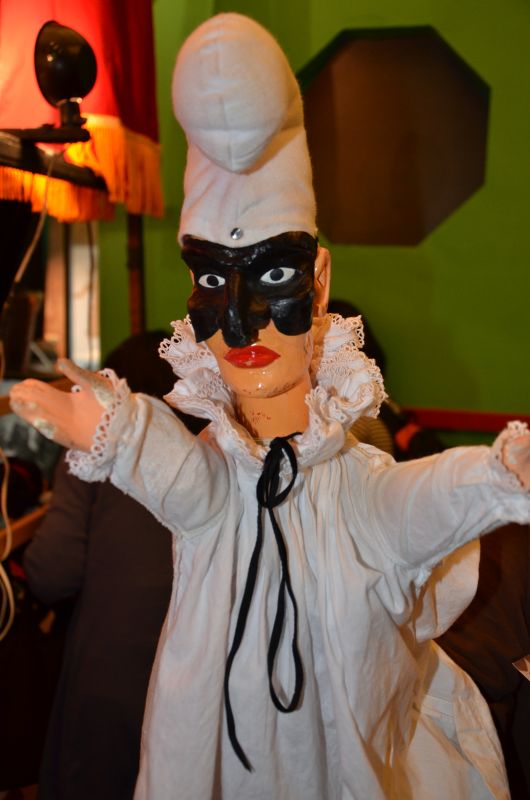
The Star of the Show – Pulcinella
In April, there are two puppet shows, a Taiwanese hand-puppet performance called “Charlie Chaplin & Stupid Thief” and a traditional Italian puppet show called “Pulcinella.” I can highly recommend “Pulcinella”, especially for young children. It’s a very engaging and funny show. The performer is very good, and he involves the audience in fun ways. The children in attendance loved it, and so did I. We all even learned something about Italy. After the show, they removed the cloth covering the lower half of the stage, and we could see all the inner workings of the stage. The children were free to go backstage and play with the puppets and the other props. Even big kids like me couldn’t resist, and I found myself putting the puppets on my hand and playing with them. It felt surprisingly natural, and I started to move the puppets around and talk in their voices as if I was performing. Don’t be surprised if your kids come away from the show wanting to be puppeteers themselves.
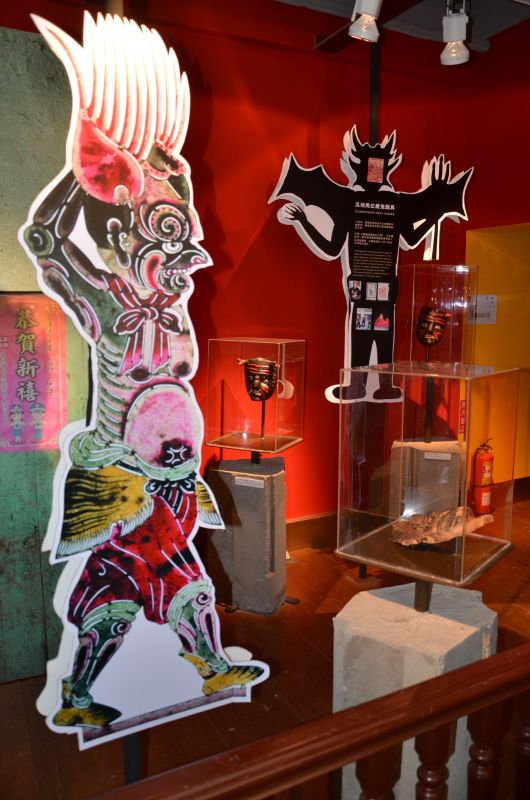
Fourth Floor Exhibits
You’ll have to hurry to see Pulcinella, though. There are only two more performances – one at 3:30 p.m. on April 21st, and one at 3:30 p.m. on April 28th. You can buy tickets at the museum or through artsticket.com.
In May, the museum is putting on a new show, “The Adventurous Journey of a Woodpecker.” And then in June, they are putting on “Little Red Riding Hood.” I know that if I’m in Taipei those weekends, I’ll be back to see those shows.
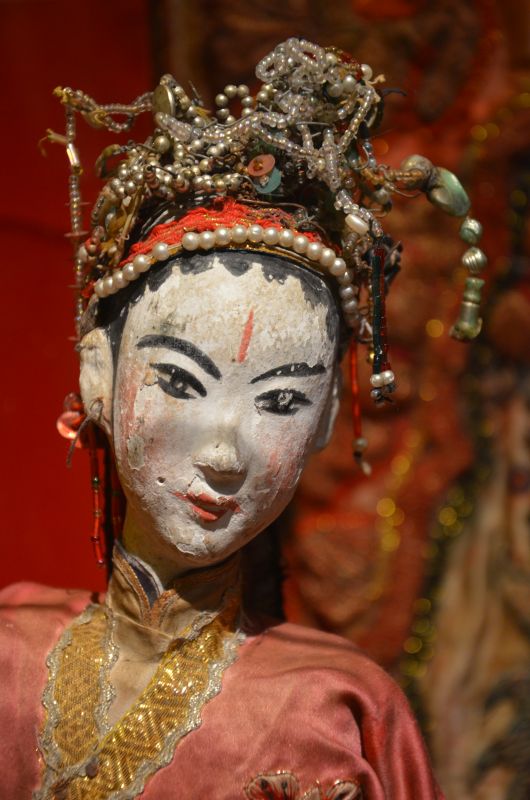
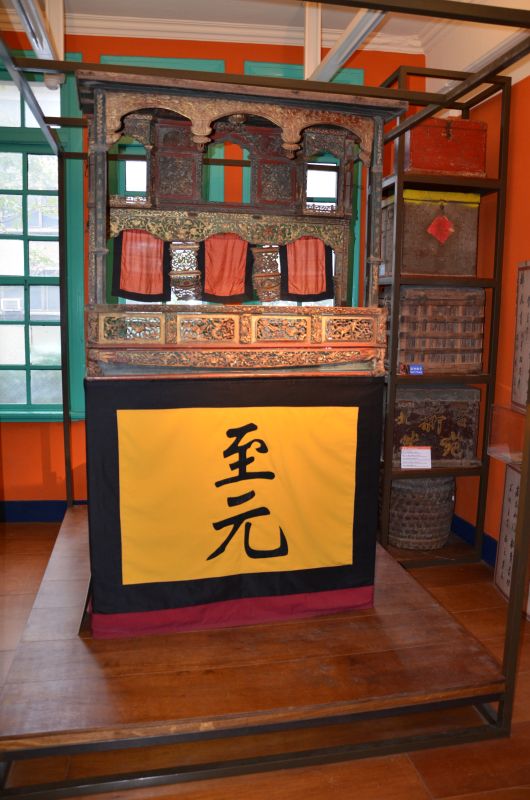
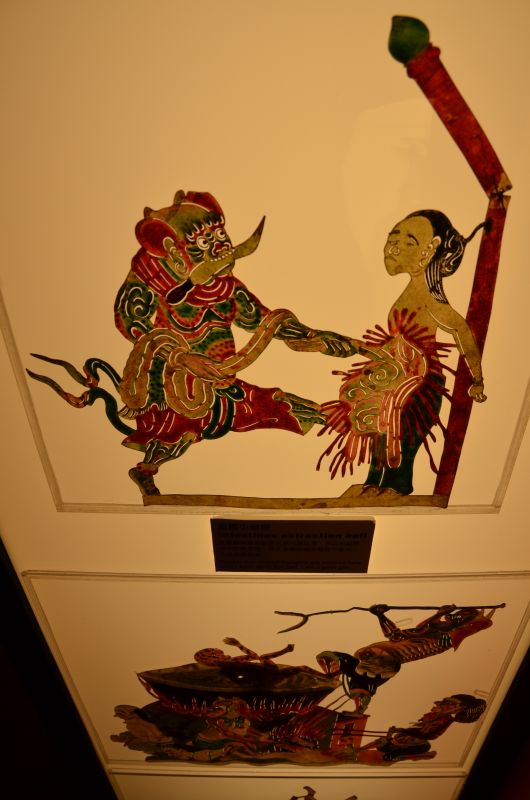
Tags: Dihua Street, Italy, museum, Taipei, Xi Ning Road

I’m not sure I’d want my daughter looking at the last exhibit (the one of the prisoner having his intestines pulled out). Did you see who the executioner is supposed to be?
Patrick,
I agree. The exhibits on this floor were pretty unsettling. If I brought young, imaginative children here, I might think about skipping this section. The image you mention is just one of many showing a wide variety of extremely gruesome tortures. Each one is meant to illustrate one of the 18 levels of Hell to which a person is sent depending on what bad things they’d done during their lives. As far as I know, the exhibit didn’t mention exactly who or what type of creature was performing the torture. There was a chart on the wall, though, that gave an exact measure of the suffering experienced at each level:
Level 1 had a suffering score of 1 and you would remain there for 10,000 years. Level 2 had a suffering score of 20, and you would remain there for 20,000 years. This continued all the way up to Level 18 where the suffering score was over 131 million and you would be there for over a billion years (1,310,720,000 years to be exact). Not sure what the specific tortures are at Level 18, but it’s not a place I’d like to be sent to.